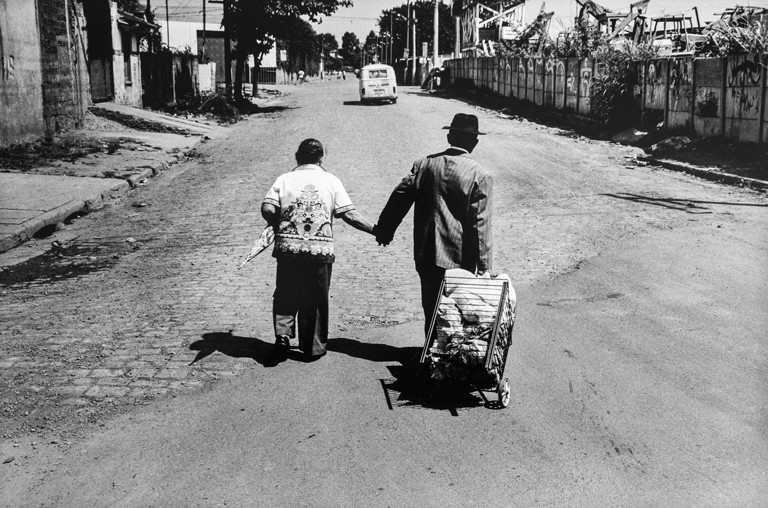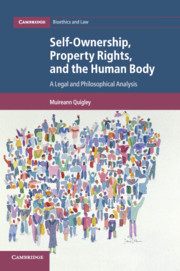spike. THE VIRUS vs THE PEOPLE THE INSIDE STORY
The title of chapter 9 of this book is: "This did not have to be a global pandemic".
And says,
WHAT IF THE TAPE had run differently? What if those six miners who developed pneumonia after clearing droppings from bat caves in southern China† had been properly investigated? Imagine what could have happened if doctors had traced their infections back to a novel SARS-related corona-virus most commonly seen in bats. What if there had been a global system not only to pick that up, but also to raise an alert that humanity had no immunity against the virus, to immediately share virus samples globally with scientists and to trigger research into putative vaccines and treatments?
None of this is easy: it is a struggle to identify clusters and unmask a completely new pathogen at work. But, equally, none of it is beyond the capability of science.
This is what we desperately need: surveillance in the shadowlands where humans and animals overlap, and specifically when those exchanges are leading to illness. We need to be asking: which viruses in wild and domestic animals are crossing back and forth between humans and animals? How can we spot these perilous cross-species breaches and how should we respond?
The pathogens that keep me awake at night are those against which humanity is defenceless. So, in the next five years, we need to document these gaps in the global human immune landscape. For a decade now, I have been wondering whether seasonal influenza, or winter flu, may not be the viral enemy we think it is, because the world has a degree of protection against many of the strains in the flu family.
A crucial book to understand the origins of the pandemic and what should be done for the next one.













